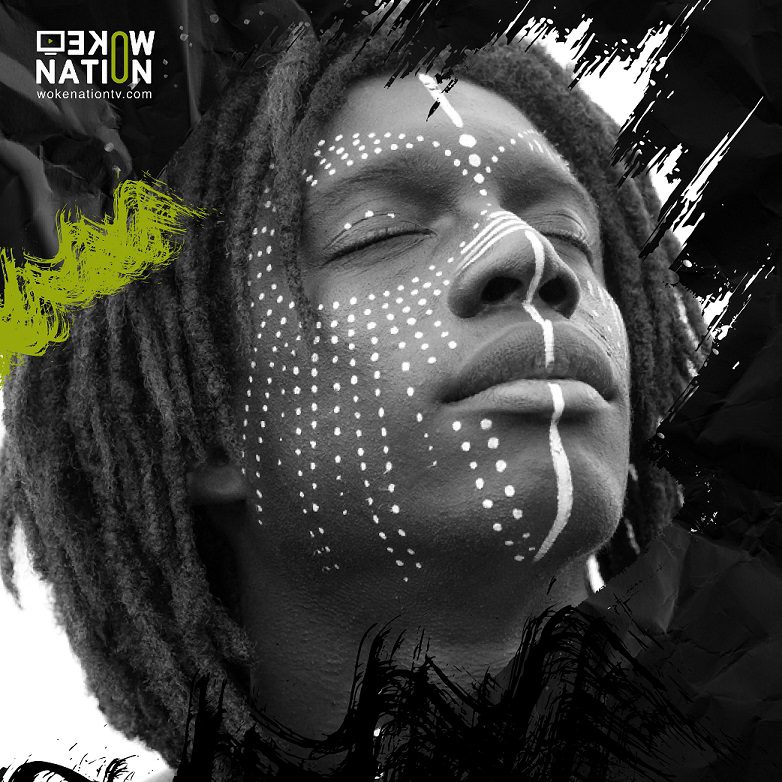There is an unshakeable belief that Africa is the cradle of the history of mankind. African art reflects regional, historical, cultural, and religious values and beliefs. They are not just arts for art’s sake, they are a representation of people’s everyday life.
The main characteristics of African arts cannot be fully summarized; as there are a variety of forms and practices in various countries of the continent of Africa. Thus, some African art has value as entertainment; some others have political or ideological significance; a significant part of the arts is instrumental in a ritual context; the rest have aesthetic values in themselves. These arts varied across forms like masks, bowls, clothes, tribal marks, sculptures, jewellery, and many other forms.
Art in Africa
There are dominant themes in African art, which include the following:
- Aesthetics.
- Sculptures are usually in the human figure, animals, and symbols.
- Religion and the Spiritual Realm.
- Art and Politics.
- Rites of passage.
- Art and the individual.
There are traditional and modern arts such as masks, statues, and sculptures. Both of which are used to represent the African belief of the spirit world. Statues and sculptures are also used to represent, connect to, or communicate with spiritual forces.
In Central Africa, the arts often represent time and symbolic rites of passage. In Eastern Africa, art is reflected in the elaborateness of objects used on a daily basis. Northern African art is a rich tapestry of preserved rock paintings, Islamic art, and nomadic tribal objects. Western African art includes lost wax castings in bronze, copper, and brass. In Southern Africa, art is almost always an everyday object rather than a mask and sculpture.
Earliest Art of Africa
The earliest form of African art is Rock Art. The oldest and greatest rocks found in the world are from the continent; dating back to the history of modern Homo Sapiens who evolved in Africa.
The prehistoric rock art includes the; Blombos Cave Engravings, which date as far back as 70,000 years BC; The Diepkloof Eggshell Engravings dating as far back as 60,000 years BC; the Apollo 11 Cave Stones of 23,000 to 27,000 years ago amongst many others.


Bushman Rock art
The general character of the Bushman rock art is naturalistic, and many of the images can be seen as pictographs. In that way, they express ideas and are not “art for art’s sake”. Most of the figures are men and animals. Although there are a few other objects which are also symbolic; their meanings are not always clear.
In some regions, the pictures are painted in colour; elsewhere only engravings or chippings occur. The difference is due to the natural conditions of the country. Although, it is generally assumed that engravings are more archaic than paintings.
The colour pallet used by Bushmen artists when painting consisted of earth pigments. The Bushmen are the oldest people of Southern Africa. Red and brown from bole or hematite; yellow from iron ochre; white from zinc oxide; black from charcoal or soot; blue from iron and silicic acid. The blue is particularly unusual and does not occur in the cave paintings of Europe. The fine lines found in Bushman paintings were drawn with thin hollow rods sharpened and used like quills.
Then came the stone age art, the iron age art, and the bronze age art.




Stone age
Some of the popular arts are the Stone sculptures of the Kongo people; and the Sherbro from Sierra Leone dating no later than the 16th Century. Ivory sculptures were also carved with great skill in Benin during the same period.
Bronze age
Bronze casting was a tradition of the Igbo-Ukwu tribe of Nigeria dating back to the 9th century. The Ife people from Yoruba, Nigeria, began to produce very fine brass and bronze; castings in the 12th Century and continued until the 15th century.
African art history reveals that the earliest wooden sculptures from the 17th Century are attributed to Kuba, Central Zaire. However, the earliest surviving sub-Saharan sculpture is a zoomorphic head found in 1928 in Central Angola. It is dated to the 8th-9th Century and survived being buried under the water.
See Origin of NOK Culture…
Textiles and Weight
The earliest textile remnants are found again from Igbo-Ukwu. They date to the 9th Century AD. The Tellem caves in Mali were found with cotton and woollen cloths preserved since the 11th Century.
The Akan of Ghana manufactured small cast copper and bronze gold weights from the 18th Century. They came in all forms, animal, human, fruits, and even abstract geometric shapes. They stood as little figurines, many less than 5cm high. The arts expressed a liveliness and spontaneity not often found in African sculptures.
Paintings and Carving
The walls and towers of Zimbabwe were raised by African builders and from African sources of inspiration. Although not much is known about the arts and civilizations of Zimbabwe and Sao (Lake Chad).
The best-known site of desert paintings in the north is the Tassili plateau, Algeria. There is a strong similarity between the Ahagger paintings and Bushman art. In addition, they have a striking resemblance to the art of Ancient Egypt.
Farmers and Their Arts
The Bambara, a Mandinka group of more than one million people living in Mali; have become noted for their metalwork, basketry, leatherwork, weaving, dyeing, and woodcarving. Bambara masks are associated with four major cult associations: the N’domo, Komo, Kove, and Tyi Wara

